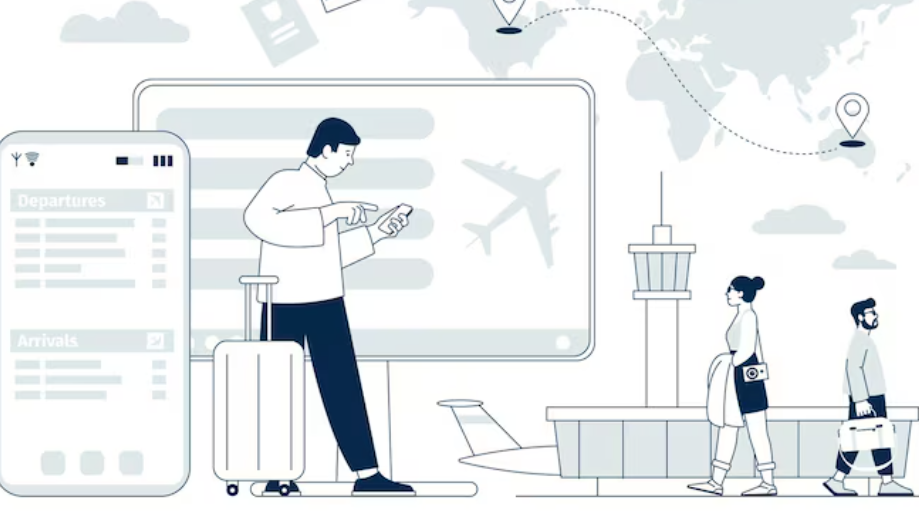Learn the essential evidence software engineers and product leaders need for a strong EB-1A petition, with expert insights from Beyond Border Global, Alcorn Immigration Law, 2nd.law, and BPA Immigration Lawyers.

The EB-1A category is intended for individuals who demonstrate extraordinary ability, meaning they belong to the small percentage who have risen to the top of their field. USCIS evaluates whether applicants meet EB-1A evidence requirements, which for many engineers includes proving that they are an extraordinary ability software engineer or a recognized product leader with industry-wide impact. Officers look for achievements that go beyond standard performance, such as innovative outputs, measurable tech achievements for EB-1A, and recognition validated by independent sources.
Beyond Border Global works with applicants to translate highly technical achievements into immigration-ready evidence. For a software engineer green card strategy, their attorneys identify which innovations, patents, leadership roles, or product outcomes best demonstrate extraordinary ability. They also help applicants contextualize their achievements so USCIS understands how each one fits the USCIS extraordinary ability criteria, ensuring the officer recognizes not only the work but its broader industry significance.
Alcorn Immigration Law plays a critical role in ensuring that evidence meets the strict EB-1A evidence requirements. Many highly qualified engineers and product leaders produce groundbreaking work but fail to express it within the legal standard USCIS expects. Alcorn reframes these accomplishments so USCIS clearly sees how they fit the product leader immigration designation, tying technical contributions directly to statutory EB-1A requirements.
2nd.law helps tech professionals gather and organize documents that show measurable tech achievements for EB-1A, such as performance metrics, adoption statistics, GitHub activity, research material, and leadership documentation. Their structured systems ensure all evidence demonstrates the applicant’s ability to meet USCIS extraordinary ability criteria, making the submission more coherent and aligned with expectations.
BPA Immigration Lawyers guide applicants in building the long-term record USCIS expects for sustained acclaim. They help software engineers and product leaders publish research, contribute to open-source communities, build citation impact, or increase product ownership—activities that directly support software engineer green card pathways and EB-1A eligibility.
To meet EB-1A evidence requirements, applicants must show they have introduced original contributions that significantly influenced their field. For an extraordinary ability software engineer, this may include system architecture breakthroughs, core algorithms, security innovations, or patented engineering solutions. For product leaders, contributions may include product frameworks, feature innovations, or scalable system designs recognized by industry peers.
One of the strongest forms of tech achievements for EB-1A is evidence of serving in critical roles for distinguished organizations. This is especially relevant for product leader immigration cases, where applicants can demonstrate responsibility over product vision, engineering strategy, or cross-functional leadership with measurable, scalable results.

Publications and patents are strong indicators of extraordinary ability and often help meet USCIS extraordinary ability criteria. Engineers with academic or industry papers, citations, or influential patents can demonstrate that their work has contributed to the evolution of the field. Product leaders may contribute thought leadership through case studies, conference presentations, or widely adopted frameworks.
Media features, interviews, product announcements, and technical articles provide independent validation of the applicant’s tech achievements for EB-1A. This type of evidence often strengthens claims that the applicant operates at the level required for a software engineer green card under EB-1A.
1. Do software engineers really qualify for EB-1A?
Yes. Many software engineers qualify by demonstrating major technical contributions, engineering leadership, patents, open-source impact, or significant industry recognition.
2. Do internal company achievements count as EB-1A evidence?
Only if supported by independent validation. USCIS prefers third-party recognition, competitive awards, or publicly verifiable contributions.
3. Are patents required for EB-1A approval?
No, but they can strengthen a case. Many strong petitions rely on product impact, leadership roles, or high-profile engineering work instead.
4. Can product managers qualify for EB-1A?
Absolutely. Product leaders often qualify through product launches, adoption metrics, industry speaking roles, and recognized leadership contributions.
5. Do I need to meet all ten USCIS criteria?
No. You need to meet at least three, but strong cases often present evidence across more categories to demonstrate extraordinary ability.